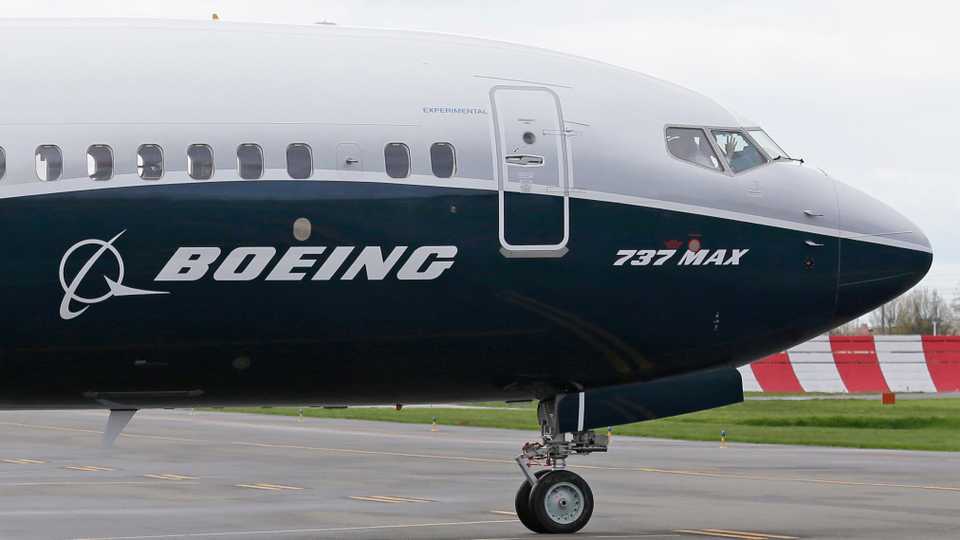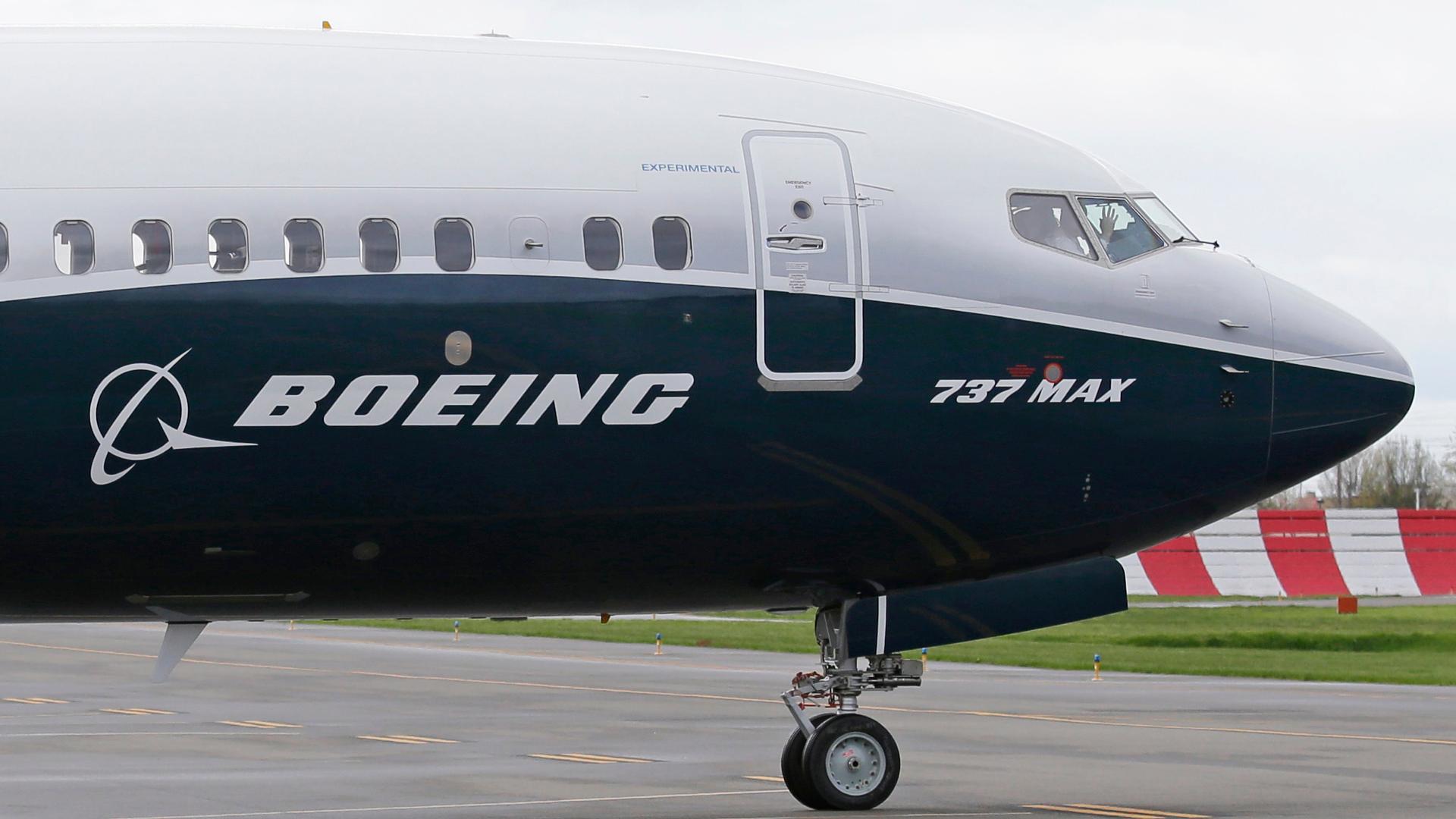
The 2009 crash of a Boeing jetliner operated by Turkish Airlines bears uncanny similarities to the crashes of two Boeing aircrafts last year that left 346 people dead and forced the American aerospace titan to ground an entire fleet.
The crash of a Boeing 737 NG, or Next Generation, Max aeroplane near Amsterdam and the crashes of the 2019 flights in Indonesia and Ethiopia all included the failure of a single sensor that led to cascading computer errors, according to a review obtained by The New York Times.
Boeing also failed to provide pilots with information that could have been critical to prevent the tragedies.
The 2009 crash “represents such a sentinel event that was never taken seriously”, Sidney Dekker, an aviation safety expert who was commissioned by the Dutch Safety Board to analyse the crash, told the newspaper.
Dekker’s review pointed the finger squarely at Boeing who he said sought to shield its “design shortcomings,” by seeking to place blame on the pilots who it said should have been more attentive.
Dekker’s findings went unpublished by the Dutch Safety Board, which either erased or “amended” its findings in the face of pushback from an American team that included Boeing representatives and US safety officials.
Turkish Airlines Flight 1951 crashed on approach to Amsterdam’s main international airport. The pilots were asked by air traffic control to carry out a difficult landing manoeuvre that included slowing the aircraft while descending more quickly than would be typical.
The pilots had not yet completed their landing checklist and should have circled around for another approach in-line with airline procedure, according to the Times, which also noted that violations were “commonplace” at the airport.
But in carrying out the landing manoeuvre the aircraft had slowed too much, setting off shaking in the pilots’ controls stick that warned the plane would quickly stall. One pilot then pushed the throttle forward to gain speed, but the computer commanded the engine idle as soon as he let go.
The captain then disabled autothrottle, and sought to increase thrust to maximum, but the effort came too late and the plane quickly plunged into a field less than a mile from its destination, killing all three pilots, a crew member and five passengers.
The Dutch investigators determined a faulty sensor erroneously thought the plane was able to land, and set the plane to idle. The autothrottle had acted normally for 70 seconds, according to the Times, drawing down the plane’s speed on approach, but the pilots failed to notice that it continued to slow after reaching target speed.
The Dutch investigators determined the pilots were preoccupied with the landing checklist at that time.
Dekker’s report “acknowledged fatal mistakes by the Turkish Airlines pilots in his 129-page study,” but also found significant responsibility with Boeing that was played down in the final report by Dutch authorities, the newspaper said.
Among Boeing’s faults was the computer system’s reliance on just one of two sensors to measure altitude, and the company’s decision to exclude important information from the aircraft operations manual, which hindered the Turkish Airlines pilots.
The 737 NG has two sets of sensors and computers, one on the left side of the aircraft, and one on the right, with only one being in control most of the time. The pilots recognized the inaccurate altitude readings, noting that they were coming from the left sensor, and would have concluded that did not matter because the autothrottle would have been getting the correct information from the right, according to Dekker’s findings.
But the pilots could not have known the computer that controlled engine thrust always relied on the left sensor as it was nowhere in Boeing’s pilot manual, Dekker found.
“I’m pretty sure none or almost none of the 737 pilots knew that,” Erik van der Lely, a 737 NG pilot who studied under Dekker, told the Times.
In 2019, 737 Max crashes Boeing had also not given pilots critical information on an automated system that was a factor in the catastrophes.
“It’s really easy to blame it on the dead pilots and say it has nothing to do with our improperly designed system,” Shawn Pruchnicki, a professor at Ohio State who has experience in investigating accidents, told the New York Times.
“It just gets frustrating because we keep having the same types of accidents.”










Discussion about this post